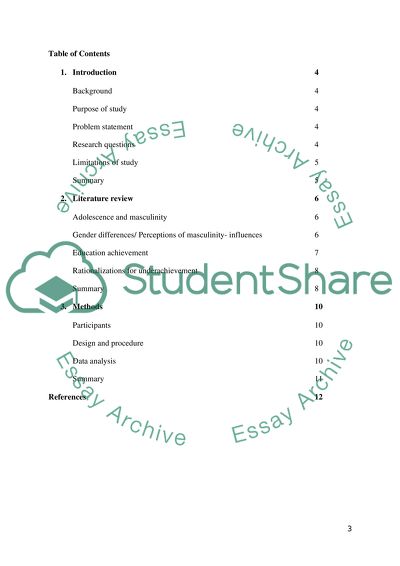Cite this document
(“Gender Differences in Academic Underachievement Research Paper”, n.d.)
Retrieved from https://studentshare.org/education/1447842-research-proposal-literature-review-qualitative
Retrieved from https://studentshare.org/education/1447842-research-proposal-literature-review-qualitative
(Gender Differences in Academic Underachievement Research Paper)
https://studentshare.org/education/1447842-research-proposal-literature-review-qualitative.
https://studentshare.org/education/1447842-research-proposal-literature-review-qualitative.
“Gender Differences in Academic Underachievement Research Paper”, n.d. https://studentshare.org/education/1447842-research-proposal-literature-review-qualitative.


